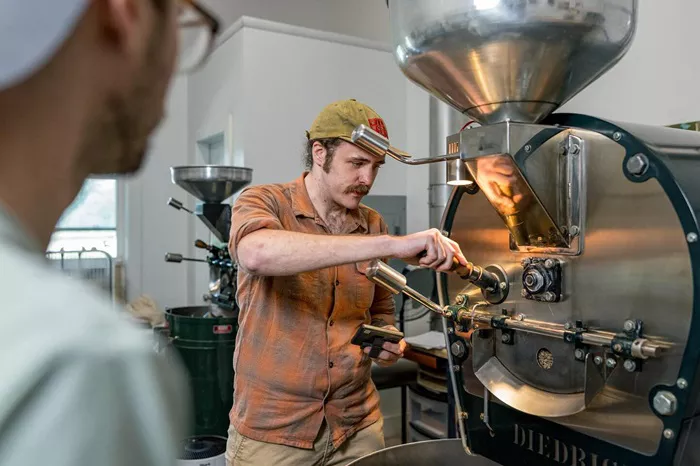Cold brew coffee has become a global phenomenon, loved for its smooth, less acidic taste and refreshing qualities. But where did it come from, and who first thought of steeping coffee grounds in cold water for hours? The history of cold brew is more complex than many realize, blending tradition, innovation, and a bit of mystery.
The Origins of Cold Brew Coffee
The exact origins of cold brew coffee are unclear, but historical records suggest that it dates back centuries. One of the earliest known methods comes from Japan, where Kyoto-style slow-drip cold brew was developed in the 1600s. This method involved dripping cold water over coffee grounds for hours, resulting in a concentrated, flavorful brew. The Japanese called it “Kyoto coffee,” and it was prized for its delicate taste and low bitterness.
Meanwhile, in other parts of the world, similar methods were emerging. Dutch traders in the 17th century are believed to have used cold brewing as a way to preserve coffee during long sea voyages. Since boiling water wasn’t always practical on ships, they soaked coffee grounds in cold water, creating a strong concentrate that could be diluted later. This method eventually made its way to other parts of Europe and the Americas.
How Cold Brew Differs from Traditional Coffee
Cold brew isn’t just iced coffee—it’s a completely different brewing process. Traditional hot coffee extracts flavors quickly using high temperatures, which can also pull out more acids and bitter compounds. Cold brew, on the other hand, relies on time rather than heat. Coffee grounds are steeped in cold or room-temperature water for 12 to 24 hours, resulting in a smoother, sweeter taste with significantly less acidity.
From a chemical perspective, cold water extraction is gentler, reducing the release of certain oils and acids that contribute to bitterness. This makes cold brew a favorite among people with sensitive stomachs or acid reflux, as it is less likely to cause irritation. Studies have shown that cold brew can have up to 67% less acidity than hot-brewed coffee, making it a healthier option for many drinkers.
The Science Behind Cold Brew’s Popularity
The rise of cold brew coffee isn’t just a trend—it’s backed by science. Because cold brewing doesn’t use heat, it avoids the breakdown of certain compounds that can make coffee taste harsh. Chlorogenic acids, which are abundant in coffee beans, break down into bitter-tasting quinic acid when exposed to high temperatures. Cold brew minimizes this reaction, preserving more of the coffee’s natural sweetness.
Additionally, cold brew tends to have a different caffeine profile. While some believe cold brew is always stronger, the truth depends on the brewing ratio. A typical cold brew concentrate can have more caffeine per ounce than hot coffee, but when diluted, it may be comparable or even milder. This flexibility allows drinkers to adjust strength to their preference.
Cold Brew’s Modern Revival
Though cold brew has ancient roots, its modern popularity surged in the 21st century. Specialty coffee shops in the U.S. and Europe began experimenting with cold brew techniques in the early 2000s, leading to widespread commercial production. Companies like Stumptown Coffee Roasters and Blue Bottle helped popularize the drink, marketing it as a premium, artisanal alternative to traditional iced coffee.
The convenience of ready-to-drink cold brew also played a role in its rise. Bottled and canned cold brew became a staple in grocery stores, appealing to busy consumers who wanted high-quality coffee without the wait. Today, cold brew is a multi-billion-dollar industry, with innovations like nitro cold brew adding even more variety to the market.
Conclusion
As coffee culture continues to evolve, cold brew remains at the forefront of innovation. New brewing techniques, flavored infusions, and even cold brew-based cocktails are expanding its appeal. Health-conscious consumers appreciate its lower acidity, while coffee enthusiasts enjoy experimenting with different beans and steeping times.
The story of cold brew is a testament to human creativity—taking a simple idea and refining it over centuries. From Japanese tea houses to Dutch trading ships to modern coffee shops, cold brew has traveled the world, adapting and improving along the way. Its journey is far from over, and as more people discover its unique qualities, cold brew’s legacy will only grow stronger.
Related topics:
How Does Dunkin’ Donuts Make Cold Brew Coffee?
What Is Cold Brew Tim Hortons?


